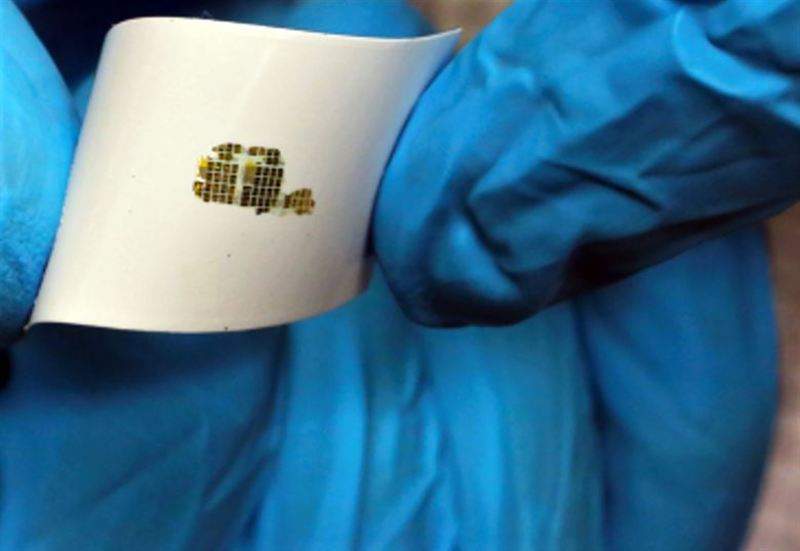
The Air Force Research Laboratory (AFRL) has discovered a new way to amplify communication signals for the next-generation wearable electronics, flexible sensors and radar systems.
During the research, a group of scientists at the AFRL found that Gallium Nitride (GaN) can be used to establish more efficient wireless communication.
AFRL Materials and Manufacturing Directorate research scientist Nicholas Glavin said: “GaN is the basis for a lot of communication devices and is often used in high-performance amplifiers or as a component of a radar or wireless system.
“We demonstrated the ability to grow and place the material on a flexible substrate, enabling the potential to power wearable devices or electronic devices that are not necessarily flat.
“We are the first group ever to demonstrate a flexible radio frequency (RF) transistor device based on GaN that actually performs under strain and is flexible, which is quite powerful.”
According to AFRL scientists, GaN can be used in future communication systems by optimising just six atoms one ten-thousandth the width of a human hair.

US Tariffs are shifting - will you react or anticipate?
Don’t let policy changes catch you off guard. Stay proactive with real-time data and expert analysis.
By GlobalDataAFRL will grow GaN on boron nitride and the weak chemical bonds between the boron nitride and the growing surface allow scientists to lift and transfer the apparatus to another substrate.
The GaN is a type of ‘wide bandgap material’ that can receive a signal from a cell phone or other communication device and then amplify it for transmission to a tower.
Gallium Arsenide is currently used to power wireless devices, which cannot transmit high-frequency signals at high power, therefore causing data degradation or slow speeds of transfer at high range.
When compared to Gallium Arsenide, GaN is capable of transmitting large amounts of information at a high frequency with high power.



